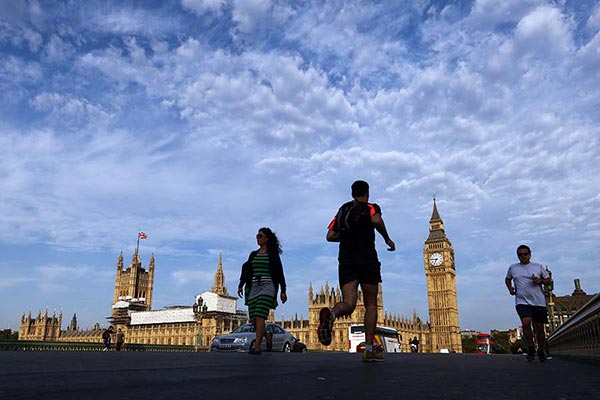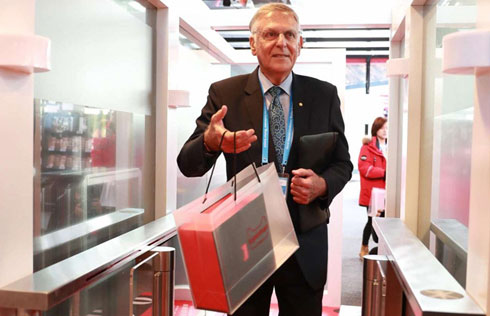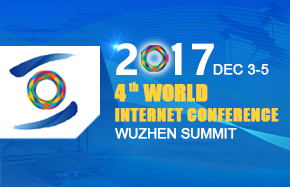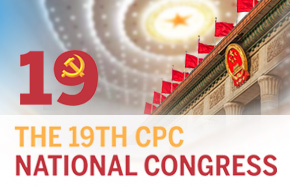Relics, exchanges vital to summit
In mid-October, the Gansu provincial government hosted a preparatory meeting in Dunhuang, Gansu province, for the summit conference of the first Silk Road (Dunhuang) International Cultural Expo, scheduled for mid-August 2016.
In addition to senior officials from the cultural, information and foreign affairs ministries and Chinese scholars of archaeology and cultural studies, those attending included cultural counselors from the Chinese embassies of Italy, Belarus, Iran and France, and guests from countries including the United States, Brazil, Thailand, Malaysia, Cambodia, Pakistan, Nepal, Hungary and Ireland.
According to Lian Ji, director of the information office of Gansu province, the summit conference will be the most important part of the expo, and will be a meeting of State leaders and representatives of international organization, and a ministerial conference, either of which will come every other year after the other.
The inaugural 2016 expo will invite State leaders from China and the other countries along the Silk Road Economic Belt as well as officials from UNESCO and the World Tourism Organization to draft a series of plans and programs of action for future cultural exchanges and cooperation, and pass a Dunhuang Declaration as an agreement of their common will to transform the historic heritage of the Silk Road into tangible benefits for all people in the region.
In the preparatory meeting, Gansu provincial officials suggested the event organizers place equal emphasis on cultural exchanges and economic cooperation, and pay attention to giving full play to civil organizations in promoting intercultural communications.
Experts from home and abroad who attended the meeting acknowledged the importance and characteristics of Dunhuang - home to the famous Mogao Caves and was an important hub on the ancient Silk Road - in cross-cultural communication, and agreed that Dunhuang was a good choice to host the expo.
Conference attendees also agreed Chinese culture researchers should conduct in-depth studies on the different countries and regions along the Silk Road Economic Belt and coordinate the relevant parties to take part in the initiative.
The expo is expected to contribute to regional cooperation on the protection of historic relics, education, the cultural industry and innovation.
Xie Jinying, director of the foreign liaison department at the Ministry of Culture, said at the meeting, "The expo will be an important step forward to recover the previously harmonious and peaceful co-existence of different civilizations, and creates a meaningful platform for governments, social organizations, enterprises and institutes to foster communications across different cultures in the region.
"The event organizers should attract the countries and regions along the economic belt to participate in the event at a deep level, just as the four ancient civilizations met each other in Dunhuang in history," Xie added.
Wang Jinhua, deputy director of the foreign liaison department at the State Administration of Cultural Heritage, said, "Dunhuang has every reason to resume its historic cultural tradition as a crossroad of intercultural communication."
The ancient Silk Road stretched over 1,000 kilometers in Gansu. The province has seven World Cultural Heritage sites, 131 national-level cultural relic protection sites and more than 110,000 pieces of valuable cultural relics, most of which are directly related to the ancient Silk Road.
"Earmarking Dunhuang as the host city of the expo demonstrates that the Chinese authority pays special attention to the city's role of intercultural exchanges in implementing its Silk Road Economic Belt initiative," Wang said.
The other important activity of the expo will be the Cultural Year Exhibition in Dunhuang. The exhibition is expected to deepen mutual understanding, mutual respect and mutual learning of different cultures and civilizations in the region across the Silk Road Economic Belt by showing their individual cultures, history, arts and societies, according to the event organizers.
In addition to those countries involved and international organizations, governments, universities and businesses from many important provinces and regions related to the economic belt initiative will be invited to attend, including those of Gansu, Shaanxi, Sichuan, Qinghai and Henan provinces, the Xinjiang Uygur, Inner Mongolia, Tibet and Ningxia Hui autonomous regions, and Chongqing municipality.
(China Daily 11/25/2015 page7)








